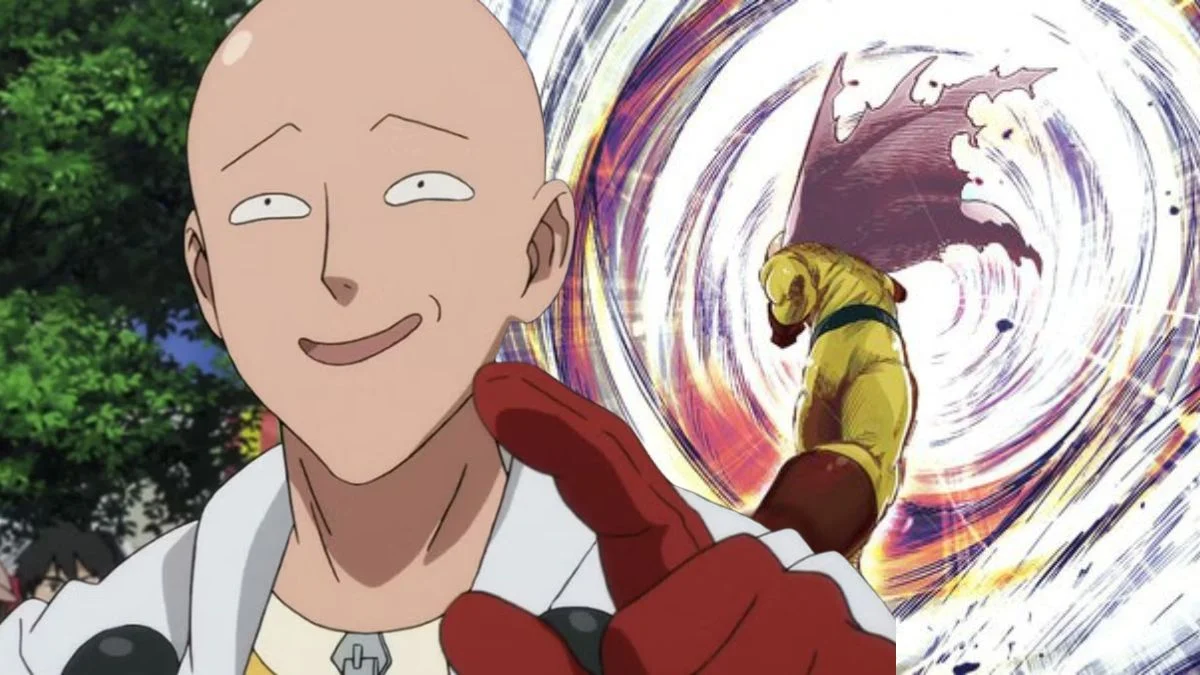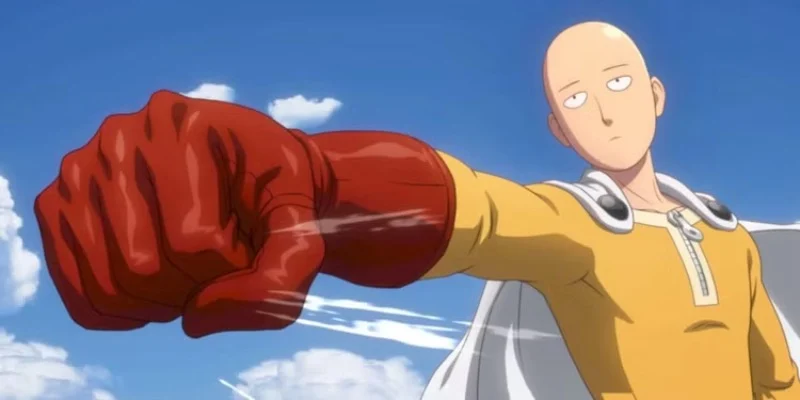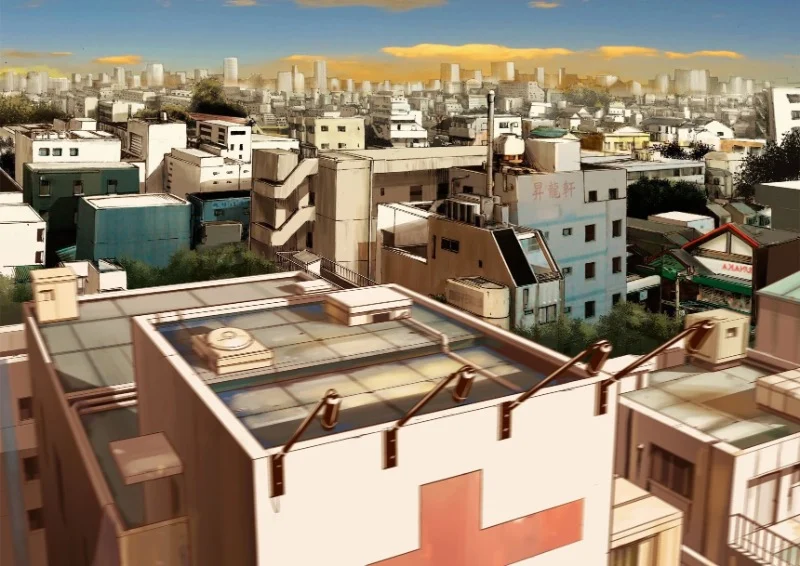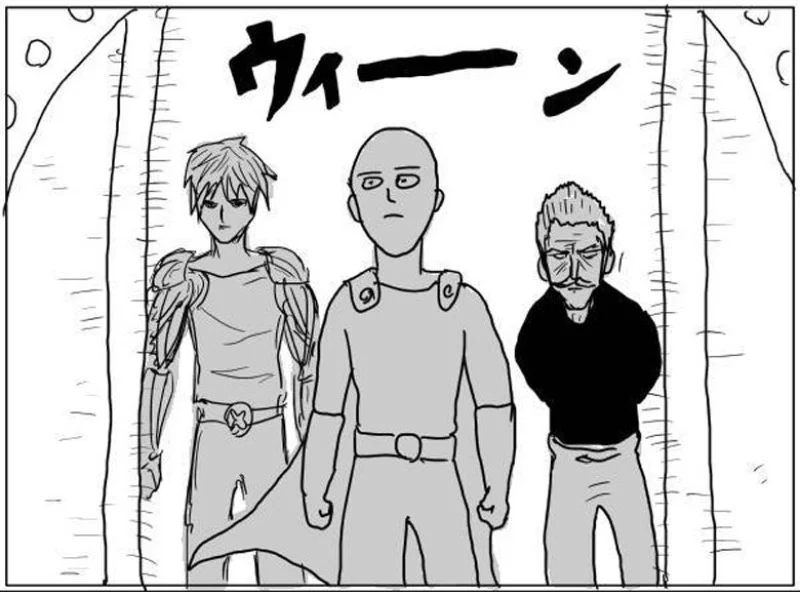
‘One-Punch Man’ centers around Saitama, a hero whose incredible strength started as a funny idea but has become a surprisingly complex character. He lives in City Z and casually fights crime as part of the Hero Association. Originally created as a webcomic by ONE, the story grew into a popular manga and then an anime series. The humor and plot of ‘One-Punch Man’ come from the contrast between Saitama’s everyday life and his overwhelming power.
The One Punch Concept

The core joke of the story is that Saitama defeats enemies with just one punch. This is a twist on typical action stories, as it eliminates the usual focus on characters getting stronger over time. Instead, the story explores what happens after the fight – things like Saitama feeling bored or struggling to get the recognition he deserves. While villains become more powerful and dramatic, the result of Saitama’s punches always stays the same.
The Training Regimen Everyone Knows

Every day, he does a simple but intense workout: one hundred push-ups, sit-ups, and squats, followed by a ten-kilometer run. He also trains without using air conditioning or heating. This deliberately basic routine is a key part of the story, showing that hard work and determination don’t need to be complicated. Characters often mention it as a running joke, emphasizing Saitama’s calm and understated personality.
Record Shattering Physical Tests

Saitama’s physical abilities are incredibly high, scoring perfectly on all physical tests during his Hero Association evaluation. However, he does poorly on the written portion, initially resulting in a low C Class ranking. This mismatch between his skills and ranking becomes a central part of the story, influencing his early assignments. As news of his impressive feats spreads within the Association, other heroes begin to see him differently.
City Z Home Base

Saitama lives in a cheap apartment in a quiet part of City Z. This allows him to train and fight without putting many people at risk. He balances fighting monsters with everyday tasks like shopping for groceries and finding good deals, showing how he manages his time. These normal scenes help ground the story in a sense of everyday life, even when dangerous monsters appear.
Mentor To Genos

After seeing how strong Saitama is, Genos begs him to take him on as a student. They both join the Hero Association at the same time, creating an interesting contrast – Saitama is laid-back and doesn’t take things seriously, while Genos is always focused on improving himself with careful planning. This difference in personality drives a lot of their adventures and shows viewers how the Hero Association works. Genos frequently tries to analyze and record Saitama’s fighting style, hoping to figure out how he makes everything look so easy.
Serious And Normal Moves

Saitama jokingly names his punches ‘Normal Punches’ or ‘Serious Series’ to show how much power he’s putting into them. These names let the audience know when he’s actually trying hard, as he usually defeats opponents with minimal effort. Calling a punch ‘Serious’ is a signal that he’s going beyond his usual attacks, adding a clear sense of escalating power to the fights, even if they don’t last long.
Speed That Outruns Set Pieces

He moves incredibly fast, covering city blocks in seconds and responding to danger before anyone can react. We often see him appear suddenly to stop threats, seemingly without effort. The filmmakers use quick cuts to show his speed, avoiding long, drawn-out sequences. This makes the action feel fast-paced and highlights just how quick his reflexes are.
Expressions And Timing For Comedy

Saitama’s deadpan expression and slow responses are often used for comedic effect, especially during intense battles. He’ll casually mention everyday things, like discounts or his plans, even while facing powerful enemies. The animation team carefully times these moments of silence so they happen just before he defeats someone with a single punch. This creates a funny contrast between the epic scale of the fight and the quick, unexpected outcome.
Origins Across Webcomic, Manga, And Anime

ONE first created the webcomic that established the look and feel of Saitama. Then, Yusuke Murata’s manga version enhanced the artwork and fight scenes while staying true to Saitama’s personality. The anime, also called ‘One-Punch Man,’ reached an even larger audience with its exciting action. All versions consistently portray Saitama’s calm and unassuming nature as the central element around which the story unfolds.
Recognition Inside The Association

As a huge anime fan, I’ve been following One-Punch Man and it’s fascinating to see how Saitama starts out as a complete unknown. He’s just doing the hero thing, tackling everyday problems, but he’s so fast that people barely see him finish a fight! Everyone else gets the credit, which is frustrating. Slowly though, word starts to spread – people are talking, other heroes are noticing – and his ranking begins to climb, even though the hero association is initially really skeptical. Honestly, the biggest struggle isn’t the villains, it’s the mountains of paperwork and the bureaucracy! It’s a funny contrast to how straightforward he is about just wanting to be a hero.
Tell us your favorite scene with Saitama from ‘One-Punch Man’ in the comments! Also, what one thing about that moment really captures what makes him, him?
Read More
- Silver Rate Forecast
- Gold Rate Forecast
- Красный Октябрь акции прогноз. Цена KROT
- Unlocking Text Data with Interpretable Embeddings
- XRP’s Wrapped Adventure: Solana, Ethereum, and a Dash of Drama!
- Navitas: A Director’s Exit and the Market’s Musing
- VUG vs. VOOG: A Kafkaesque Dilemma in Growth ETFs
- Deepfake Drama Alert: Crypto’s New Nemesis Is Your AI Twin! 🧠💸
- SentinelOne’s Sisyphean Siege: A Study in Cybersecurity Hubris
- 2026 Stock Market Predictions: What’s Next?
2025-10-25 04:17